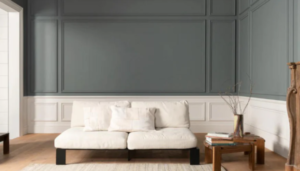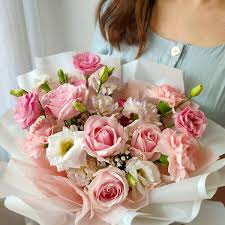Fashion Dress – From Couture Beginnings to Mid-Last Century

The very first designer who had been not just a dressmaker was Charles Ernest Worth (1826-1895.) Prior to the former draper setup his couture fashion house in Paris, fashion creation and inspiration was handled by largely visitors, and fashion descended from style worn at royal courts. Worth’s success was so that he could dictate to his customers the things they should put on, rather of following their lead as earlier dressmakers tried.
1900s
It had been during this time period that lots of design houses started to employ artist to sketch or paint designs for clothes. The pictures alone might be given to clients a lot more cheaply compared to producing a real sample outfit within the workroom. When the client loved the look, they purchased it and also the resulting outfit earned money for that house. Thus, the tradition of designers sketching out clothes designs rather of presenting completed clothes on models to customers started being an economy.
Around the beginning of the 20th century fashion style magazines started to incorporate photographs and grew to become much more influential than previously. In metropolitan areas around the world these magazines were greatly searched for-after coupled with a serious impact on public taste. The outfits worn through the fashionable women were strikingly much like individuals worn within the heyday from the fashion pioneer Charles Worn, Through the finish from the nineteenth century, the horizons from the fashion industry had generally broadened, partially because of the more mobile and independent lifestyle many well-off women were starting to adopt and also the practical clothes required. The continual requirement for radical change, that is now required for the survival of favor inside the present system, was still being literally unthinkable.
1910’s
Noisy . many years of the 1910s the trendy silhouette grew to become a lot more lithe, fluid and soft then within the 1900s. Paul Poiret also devised the very first outfit which women could placed on without the assistance of a maid. Simple felt hats, turbans, and clouds of tulle replaced the types of headgear famous the 1900s. It’s also notable the first real fashion shows were organized during this time period over time, through the first female couturier, Jeanne Psquin.
Alterations in dress during The First World War were determined more by necessity than fashion. As more women were made to work, they required clothes which were more appropriate for their new activities. Social occasions needed to be postponed in support of more pressing engagements and the necessity to mourn the growing figures of dead, appointments with the wounded and also the general gravity of times resulted in more dark colors grew to become standard. By 1915 fashionable skirts had risen over the ankle after which later to mid calf. The time backward and forward World Wars, frequently regarded as the Golden Chronilogical age of French fashion, was certainly one of great change and reformation. Carriages were substituted with cars, princes and princesses lost their crowns, and high fashion found new customers within the ranks of film actresses, American heiresses, and also the spouses and kids of wealthy industrialists.
1920s
Right after ww 1, a radical change came into being popular. Bouffant coiffures turned into short bobs, dresses with lengthy trains turned into above-the-knee pinafores. Corsets were abandoned and ladies lent their clothes in the male wardrobe and made a decision to dress like boys. Although, initially, many couturiers were unwilling to adopt the brand new androgynous style, they accepted them wholeheartly from around 1925. A bustless, waistless silhouette emerged and aggressive dressing-lower was mitigated by feather boas, embroidery, and flashy accessories.
1930s
Within the 1930s, because the public started to have the results of the truly amazing Depression, many designers discovered that crises aren’t time for experimentation. Fashion grew to become more compromising, ambitious to preserve feminism’s victories while rediscovering a subtle and reassuring elegance and class. Women’s fashions moved from the brash, daring type of the Twenties perfectly into a more romantic, feminine silhouette. The waist was restored to the proper position, hemlines dropped, there is restored appreciation from the bust, and backless evening gowns and soft, slim-fitting day dresses grew to become popular. The feminine body was remolded to some more neo-classical shape and slim, toned, and sports physiques arrived to vogue. The style for outside activities stimulated couturiers to fabricate what can nowadays be known as sportswear. The word ” ready-to-put on” wasn’t yet broadly used, however the boutiques already described such clothes to be “for sport.”







